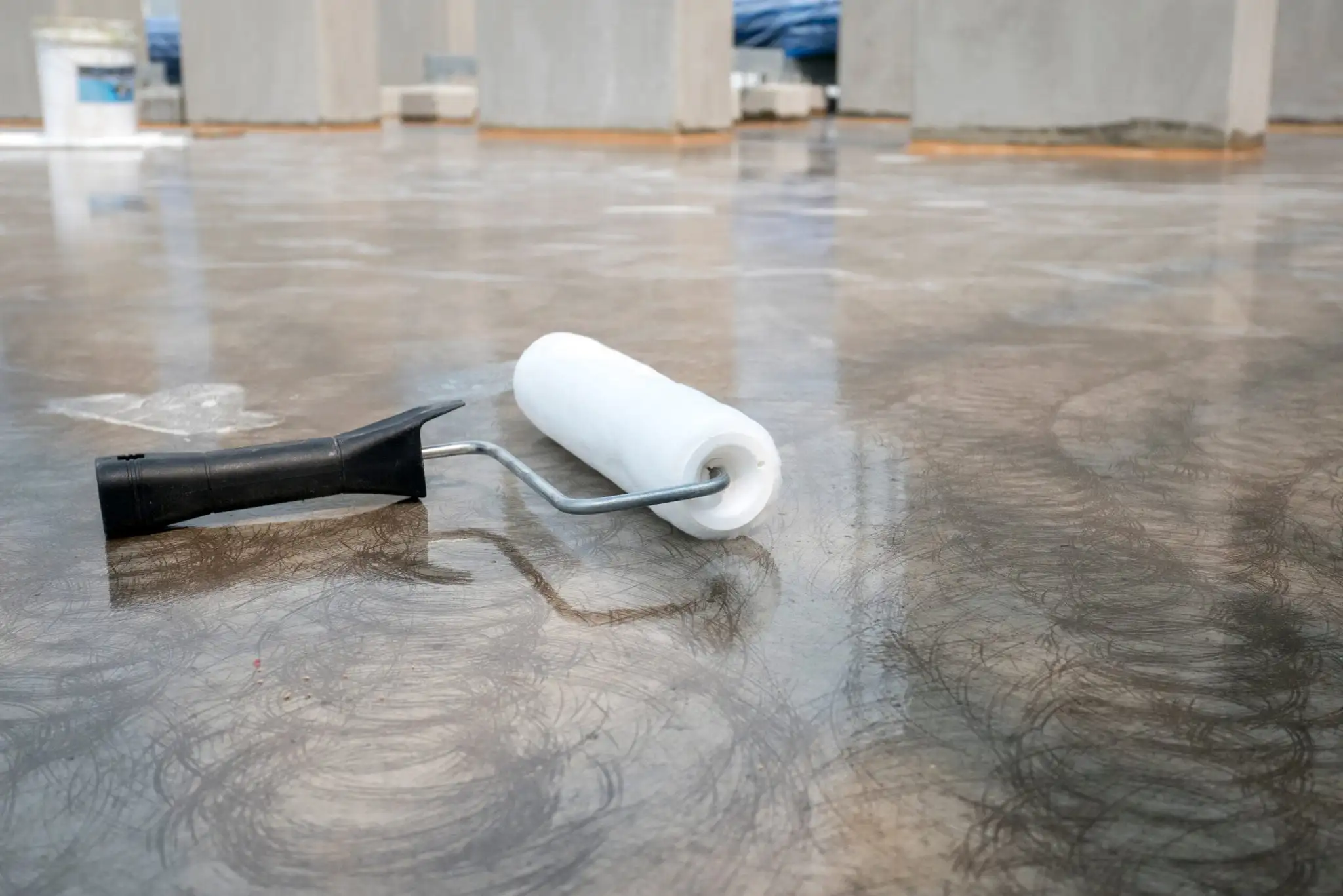Are you looking to protect and enhance the longevity of your concrete surfaces? Look no further because we have the perfect solution for you – concrete sealer! Whether it’s your driveway, patio, or basement floor, applying a high-quality concrete sealer can work wonders in safeguarding against damage from weather conditions, chemicals, and wear and tear. But here comes the million-dollar question: what is the fastest way to apply concrete sealer? We’ve got you covered! This blog post will walk you through an easy step-by-step guide on efficiently applying concrete sealer while achieving exceptional results.
Understanding Concrete Sealer
It’s essential to grasp the basics. Concrete sealer is a protective coating applied to concrete surfaces, creating a barrier against moisture, stains, and damage caused by exposure to harsh elements. This clear or tinted solution penetrates deep into the pores of the concrete, forming a durable shield that helps prevent cracks, pitting, and deterioration. Concrete sealers come in various formulations, such as acrylics, epoxies, polyurethanes, and penetrating sealers. Multiple types of products are available, each offering unique advantages and intended for specific purposes. Acrylic sealers are commonly used for exterior surfaces like driveways and patios due to their UV resistance and ability to enhance color. Epoxies are durable, making them suitable for high-traffic areas like garage floors. Penetrating sealers work by chemically bonding with the concrete surface without altering its appearance.
Benefits of Sealing Concrete
One of the key advantages of sealing concrete is that it provides a protective barrier against water penetration. By preventing moisture from seeping into the concrete, you can minimize the risk of cracks and other damage caused by freeze-thaw cycles or prolonged exposure to water. Sealing concrete helps enhance its overall strength and durability. The sealer protects against stains, oil spills, and chemical substances that may deteriorate the surface over time. It also helps to reduce dusting on untreated surfaces by binding loose particles together. Another benefit is that sealed concrete surfaces are easier to clean and maintain. The sealer’s smooth finish makes it more resistant to dirt accumulation and staining. Regular maintenance becomes less time-consuming since a mild detergent solution can easily wipe away dirt.
Factors to Consider Before Applying Concrete Sealer
Before rushing into applying a concrete sealer, there are a few crucial factors that you need to consider. First and foremost is the condition of your concrete surface. It should be clean, dry, and free from stains or cracks. Next, consider the type of sealer that best suits your needs. Different styles, such as acrylic, epoxy, polyurethane, and silane/siloxane sealers, are available. Each has strengths and weaknesses, so choosing one that aligns with your specific requirements is important. It is important to consider the weather conditions of your area. Certain sealers may perform better than others if you live in a room with extreme temperatures or high humidity. Additionally, consider whether the concrete will be exposed to heavy foot traffic or vehicular use, as this can impact the sealer’s durability.
The Fastest Way to Apply Concrete Sealer: Step-by-Step Guide
You can follow some steps to ensure a fast and effective process. Before applying the sealer, ensure y:
- The make create surface is clean and free from any debris or stains. This will allow for better adhesion and a smoother finish. Use a pressure wa
- Her or stiff brush with mild detergent to remove dirt or grime. Gather all your t
- Ols and materials in one place so you have everything at hand. This includes the concrete sealer and any applicators you need, such as brushes or rollers. Having everything Ready will save you time searching for items mid-application.
Tips for a Successful and Efficient Application
A few tips and tricks can help ensure a successful and efficient application. These tips will save time and help you achieve the best results possible. Make sure to thoroughly clean the surface before applying the sealer. This means removing any dirt, debris, or stains that may be present. A clean surface will allow the sealer to adhere properly and provide better protection. Choose the right applicator for your project. The type of sealer and surface will determine whether a brush, roller, or sprayer is most suitable. Each method has advantages and disadvantages, so consider what works best for your situation.
Common Mistakes to Avoid
One mistake to avoid is applying too much sealer. This can lead to an uneven finish and longer drying times. Following the manufacturer’s instructions regarding the recommended thickness and number of coats is crucial for optimal results. Another common error is not properly preparing the surface before sealing. Failing to clean and remove any existing coatings or contaminants can prevent the sealer from adhering properly, resulting in a shorter lifespan for your concrete surfaces. Rushing through the application process is another mistake that should be avoided. Taking your time ensures that each section receives adequate sealer and allows for proper coverage. Swelling could result in missed spots or inconsistent application.





